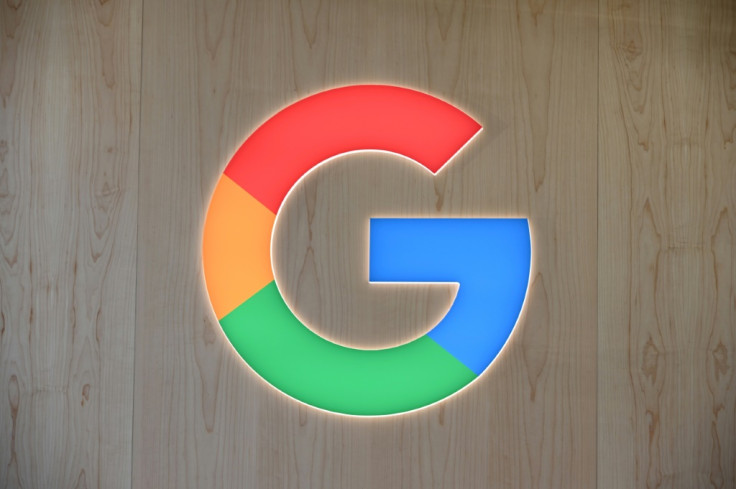Google shares interesting details about its latest products and upcoming features
Google confirms despite its absence on the Pixel 5, Pixel 4a 5G, and Pixel 4a, the Project Soli radar and gestures have been temporarily shelved for now.
Google finally took the covers off its 2020 catalogue which saw the arrival of the Pixel 5, Pixel 4a 5G, Pixel 4a, Nest Audio, and the latest Chromecast. Much like any hardware refresh, consumers are eager to learn about innovations and new functionalities. Although there are a lot of new features to justify an upgrade, analysts cannot help but notice that some are missing. Thankfully, the internet search company was willing to share details about its decision to remove or tweak certain areas of their products.
One of the major selling points of the Pixel 4 and Pixel 4 XL was the face unlock and motion controls. However, most people agree that this was implemented poorly wherein the device's design was affected as well as its performance. This led to a remarkably large bezel on the top of the smartphone which many purportedly found to be an eyesore. Moreover, there was a location-based trigger that automatically disables it if the owner uses it in certain regions.
Google confirms despite its absence on the Pixel 5, Pixel 4a 5G, and Pixel 4a, the Project Soli radar and gestures have been temporarily shelved for now, as reported by The Verge. Rick Osterloh, who oversees the brand's hardware, says "they'll be used in the future." He also noted that executives intended to deliver a more affordable handset for now, which would make the addition of the component costly.
Then there is the return of a highly requested biometric security sensor – the fingerprint scanner – which will prove useful amid the pandemic. With people wearing masks for protection, even the most advanced facial recognition systems are failing. Then there is the Chromecast with Google TV which now comes with a dedicated remote. Unlike the previous models wherein it was used as a means to stream content from supported platforms with the use of a supported smartphone.

Now, the $49 device is positioned to compete against the likes of Roku, Amazon Fire TV, and Apple TV. It now touts proprietary interface based on Android TV, but might benefit from future updates. For now, it does not natively support Stadia like its predecessors, but will later on. So far, the dongle still plugs in directly to the TV's HDMI port, but now requires to be plugged to an outlet
© Copyright IBTimes 2025. All rights reserved.





















